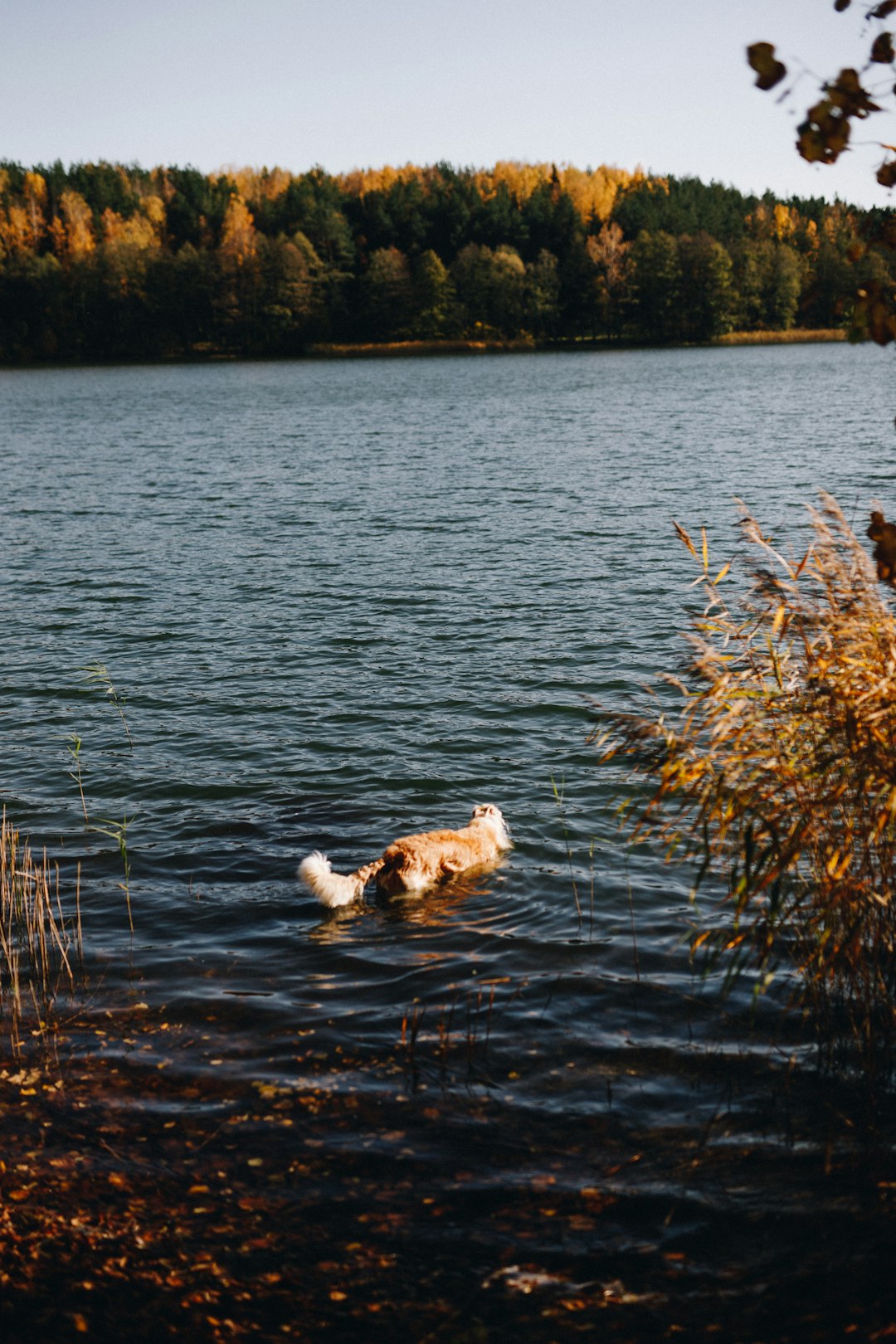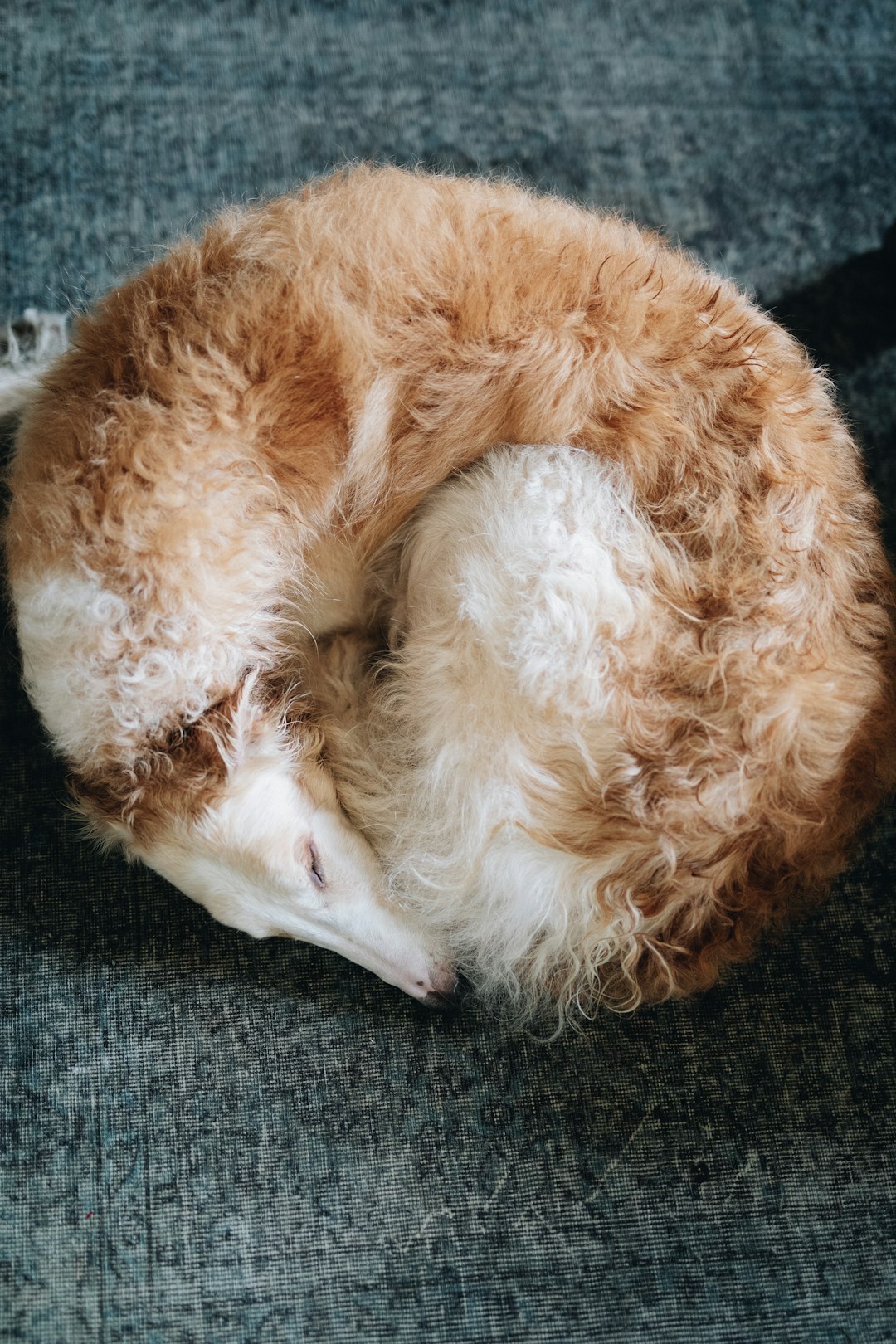Adopting a puppy is an exciting and rewarding journey, but it requires careful consideration and preparation. This commitment demands your full attention, as bringing a new furry friend into your home impacts your lifestyle and daily routine. Before you take the leap, you must understand the responsibilities involved and the essential supplies you will need. By exploring the right breed, preparing your home, and embracing proper training, you will set the stage for a joyful, lifelong bond with your new companion. The time to educate yourself is now—your puppy will depend on you.
Understanding the Commitment of Puppy Ownership
Adopting a puppy is a joyous decision, but it requires a deep understanding of the lifelong commitment involved. Puppies aren’t just cute pets; they become integral members of your family. Here’s why you must think carefully about this commitment:
- Time Investment: Puppies need daily attention, including training, exercise, and social interaction. Expect to dedicate 2-4 hours each day to their care.
- Financial Responsibility: Consider the costs associated with puppy ownership. This includes:
- Food: High-quality puppy food.
- Veterinary care: Vaccinations, check-ups, and preventative treatments.
- Supplies: Beds, leashes, toys, and grooming tools.
- Long-Term Commitment: On average, dogs live 10-15 years. Be prepared for a relationship that lasts over a decade.
- Lifestyle Changes: Adopting a puppy means adjusting your social life and travel plans. Puppies thrive on routine and need stability.
In summary, when you think of adopting a puppy, remind yourself that it’s not just a short-term engagement; it’s a rewarding, yet demanding, long-term commitment. Make sure you’re ready for the journey!
Choosing the Right Breed for Your Lifestyle
When adopting a puppy, selecting a breed that complements your lifestyle is crucial. Every breed has unique characteristics, and understanding these traits helps ensure a harmonious relationship. Consider the following factors:
- Activity Level:
- High-energy breeds (e.g., Border Collies, Jack Russell Terriers) require extensive exercise.
- Low-energy breeds (e.g., Bulldogs, Basset Hounds) prefer more relaxed environments.
- Size:
- Small breeds (e.g., Pugs, Chihuahuas) adapt well to apartments.
- Large breeds (e.g., Labradors, German Shepherds) thrive in spacious homes with yards.
- Grooming Needs:
- Hypoallergenic options (e.g., Poodles, Maltese) are great for allergy sufferers.
- High-maintenance groomers (e.g., Shih Tzus, Afghan Hounds) need regular upkeep.
- Temperament:
- Family-friendly breeds (e.g., Golden Retrievers, Beagles) are excellent with children.
- Guard breeds (e.g., Rottweilers, Doberman Pinschers) may require more training.
By carefully considering these aspects before adopting a puppy, you set the stage for a fulfilling companionship. Choose wisely and enjoy the journey ahead!
Essential Supplies for Your New Puppy
Adopting a puppy requires preparation, and understanding the essential supplies is critical. Firstly, invest in quality items that ensure your new furry friend’s comfort and safety. Here’s a quick checklist:
- Food and Water Bowls: Select sturdy, non-toxic materials.
- Puppy Food: Choose age-appropriate, vet-recommended nutrition.
- Bed: Provide a cozy spot for restful sleep with chew-proof options.
- Crate: Invest in a quality crate for training and security.
- Collar and Leash: Ensure a comfortable, adjustable fit.
- Toys: Offer various types, including chew toys and interactive ones.
- Grooming Supplies: Get brushes, nail clippers, and a gentle shampoo.
| Item | Purpose |
|---|---|
| Food and Water Bowls | Hydration and Nutrition |
| Crate | Safe space for training and security |
| Collar and Leash | Identification and safe walks |
When adopting a puppy, prioritize these supplies to set up a nurturing environment. This preparation not only enhances your puppy’s well-being but also establishes a solid foundation for a loving relationship.
Preparing Your Home for a Puppy
When adopting a puppy, preparing your home is crucial to ensure a smooth transition for your new furry friend. Follow these steps to create a welcoming environment:
- Puppy-Proof Your Space:
- Remove toxic plants, small items, and hazardous substances.
- Secure loose wires and cords to prevent chewing.
- Establish Designated Areas:
- Create a cozy sleeping nook with a comfortable bed.
- Designate an area for eating, equipped with a food and water bowl.
- Invest in Essential Supplies:
- Purchase toys for stimulation and interaction.
- Stock up on grooming tools like brushes and nail clippers.
- Establish Boundaries:
- Use baby gates to block off areas that are off-limits.
- Encourage appropriate spaces for play and exploration.
By taking these steps before adopting a puppy, you create a safe and loving environment, allowing your new companion to adjust comfortably. Remember, a prepared home leads to a happy puppy!
Establishing a Safe Space for Your Puppy
When adopting a puppy, creating a safe space is crucial. This environment helps your new companion adjust while giving you peace of mind. Here’s how to establish that safe haven:
- Choose a Designated Area: Select a specific room or corner in your home where your puppy can retreat. Ideally, it should be quiet and free from distractions.
- Use a Crate: Introduce a crate as a safe spot. Puppies instinctively seek small, enclosed spaces. A crate can serve as their den, providing security.
- Puppy-Proof Your Space:
- Remove hazardous items (toxic plants, cords).
- Secure fragile items to prevent accidents.
- Set up baby gates to restrict access to unsafe zones.
- Cozy Bedding: Provide a comfortable bed or blanket. This adds warmth and a personal touch to their space.
- Toys and Treats: Include chew toys to alleviate teething discomfort. Interactive toys stimulate their minds, helping them feel at home.
By prioritizing these elements, you’re laying the groundwork for a joyful experience in adopting a puppy. This safe space not only nurtures their emotional well-being but also fosters a strong bond between you and your new furry friend.
The Importance of Socialization and Training
When Adopting a Puppy, socialization and training are crucial for your puppy’s development. They help foster positive behaviors and strengthen the bond between you and your furry friend. Here’s why you should prioritize these aspects:
Benefits of Socialization:
- Confidence Building: Regular interaction with different people, places, and other animals helps puppies become more resilient.
- Behavioral Improvement: Early socialization reduces aggression and anxiety, leading to a well-adjusted pup.
- Enhanced Obedience: Puppies exposed to various environments learn to follow commands and behave calmly.
Training Essentials:
- Start Early: Initiate basic commands like “sit,” “stay,” and “come” as soon as possible.
- Use Positive Reinforcement: Praise and treats will motivate your puppy to learn and respond positively.
- Consistency is Key: Maintain a routine to reinforce training; this fosters understanding and trust.
In summary, Adopting a Puppy opens an exciting chapter, but investing in socialization and training transforms your young pup into a happy, well-behaved companion. Make it a priority!
Finding a Veterinarian and Scheduling Check-Ups
When adopting a puppy, one of your first tasks is finding a veterinarian. Your puppy’s health is paramount, and a good vet will provide crucial support in this new chapter. Here’s how to get started:
- Research Local Clinics: Look for veterinarians specializing in puppies or small animals. Review their online ratings and seek recommendations from other dog owners.
- Visit the Facility: Schedule a tour of the clinic to assess cleanliness and staff friendliness. Pay attention to their interaction with animals.
- Discuss Services: Ensure the vet offers comprehensive services, including vaccinations, spaying/neutering, and emergency care.
Once you’ve chosen a veterinarian, promptly schedule initial check-ups to monitor your puppy’s health. Remember, establishing a routine of regular visits is vital. Here’s a simple checklist for your first vet appointment:
| Appointment Type | Recommended Age |
|---|---|
| First check-up | 6-8 weeks |
| Second vaccination | 10-12 weeks |
| Spaying/Neutering | 4-6 months |
Ultimately, adopting a puppy means committing to their lifelong health needs. Don’t delay; prioritize your puppy’s well-being today!
Understanding Puppy Behavior and Development
Adopting a puppy is not merely welcoming a cute companion into your home; it’s essential to grasp their unique behaviors and developmental stages. Puppies experience rapid growth and change, and understanding this can significantly enhance your bond with them. Here’s what to keep in mind:
- Neonatal Stage (0-2 weeks): Puppies are entirely dependent, relying on their mother for everything.
- Transitional Stage (2-4 weeks): They start opening their eyes and ears, displaying curiosity about their surroundings.
- Socialization Stage (3-12 weeks): This period is crucial. Puppies learn to interact with humans and other animals. Engaging with various stimuli accelerates their social skills.
- Juvenile Stage (3-6 months): Expect increased independence and energy. This is when training becomes vital.
By adopting a puppy during these critical stages, you nurture their development. Remember: Early socialization and positive experiences shape their behavior for life. Additionally, allocate time for training sessions, as consistency helps reinforce learned behaviors.
Embrace the journey; understanding your puppy’s behavior and development lays the foundation for a happy, well-adjusted pet!
Understanding Puppy Behavior and Development
Adopting a puppy goes beyond the initial excitement; it requires a deep understanding of your new companion’s behavior and developmental stages. Recognizing these elements can significantly enhance your bond and ensure a harmonious household.
Key Stages of Puppy Development:
- Neonate (0-2 weeks)
- Blind and deaf
- Heavy reliance on mother
- Transitional (2-4 weeks)
- Eyes and ears begin to open
- Early social interactions start
- Socialization (4-12 weeks)
- Critical time for exposure to people, sights, and sounds
- Encourages adaptability and reduces fear in later life
- Juvenile (3-6 months)
- High energy and curiosity
- Begins to test boundaries; critical for training
- Adolescence (6-18 months)
- Hormonal changes may lead to challenging behavior
- Reinforce training and socialization
By understanding these stages, you can tailor your approach to training and socializing your puppy effectively. Adopting a puppy means committing to recognizing these developmental changes, leading to a well-adjusted, happy dog in the long run!
Creating a Routine for Your New Puppy
Establishing a consistent routine is crucial when adopting a puppy. It helps your new furry friend feel secure and understand expectations. Here’s how to create an effective routine:
- Feeding Schedule: Feed your puppy at the same times each day. This helps regulate digestion and house training.
- Bathroom Breaks: Take your puppy outside frequently, especially after meals and naps. Regular breaks reduce indoor accidents.
- Playtime: Schedule daily play sessions to engage your puppy physically and mentally. Aim for at least 30 minutes of active play each day.
- Training Sessions: Incorporate short training sessions (5-10 minutes) into your daily routine. This reinforces commands and strengthens your bond.
- Sleep Routine: Puppies need plenty of rest. Designate a quiet time each day for naps, ensuring your puppy has a cozy spot to relax.
By prioritizing a consistent routine, you ease the transition for your new puppy. Remember, adopting a puppy comes with responsibilities, but a structured approach leads to a happy, well-adjusted pet.



